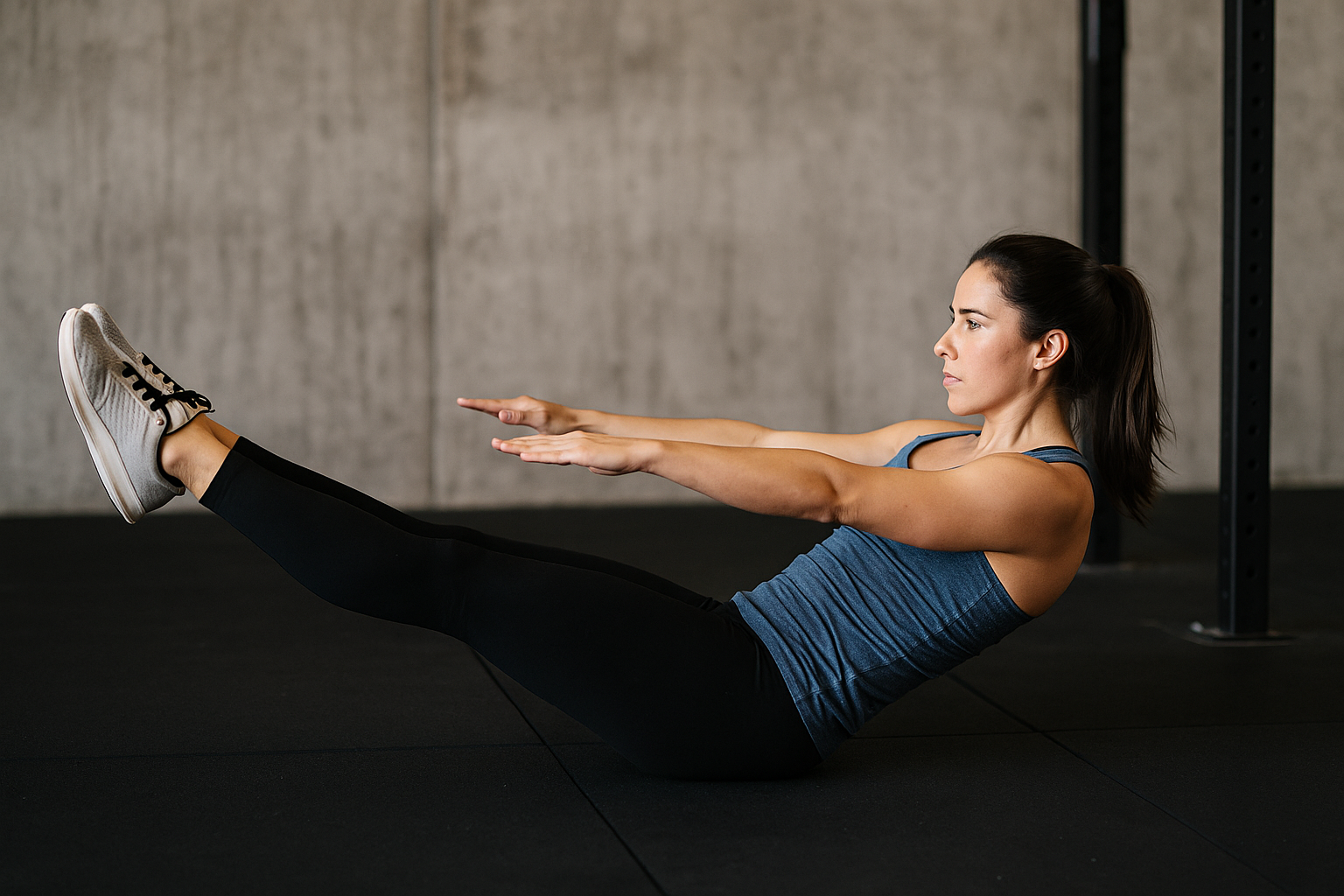Why Core Strength Drives Total-Body Performance


Your core connects your upper and lower body, transfers force, and stabilizes the spine under load. When it’s weak, everything else suffers. When it’s strong, every lift, skill, and stride improves.
Your core includes the muscles of the trunk, hips, and lower back that stabilize and generate power.
A well-developed core:
A strong core isn’t optional — it’s the base that supports everything you do in training and in life.
Core strength extends far beyond sit-ups. It involves the entire midline working as one unit:
When these muscles fire together, you create efficient movement and stability through every rep and stride.
Many training injuries — especially in the lower back and shoulders — trace back to weak or unstable core engagement.
Common breakdowns include:
Learning to brace and maintain tension protects your spine, keeps joints aligned, and allows for safer, more powerful movement under load.
Focus on resisting motion to build stability.
Train motion with tension and control.
Strengthen the core while performing compound lifts.
A mix of these categories ensures both stability and power.
You don’t need endless ab circuits — core strength is built through smart, consistent training.
For best results:
Think of core work as movement quality, not punishment. The goal is control and connection, not fatigue.
Core strength is the bridge between your upper and lower body — and the difference between efficient, safe movement and energy leaks that limit performance.
Train your core as a system, not a muscle group. Build it wisely, and every lift, skill, and workout will improve.